District Exemplars
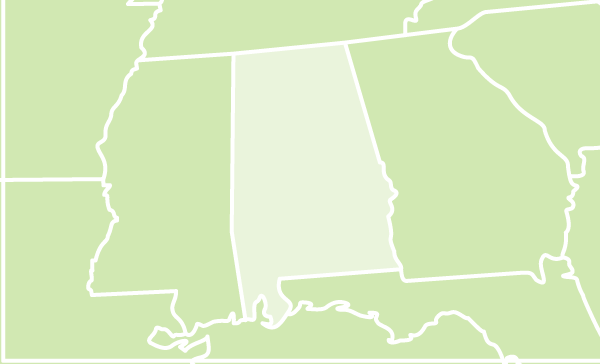
Piedmont City School District has a recent and successful history of innovation. Over five years ago, the school board approved an initiative called “MPower Piedmont”, that has a goal of community transformation. “MPower Piedmont” placed a laptop computer in the hands of every student in grades 4-12. Funding was later secured to build a citywide wireless network to provide constant Internet access to students. Today, every student in the Piedmont City School District has a device.

In 2009, Talladega County schools started the move towards a 21st century learning environment to prepare students for college and a career. Classrooms are equipped with computers, interactive whiteboards, and digital resources to provide students with access to instructional tools. Teachers use the project based learning (PBL) approach and guide students as they solve real-world problems, using appropriate digital tools and software to teach core content standards. Students are developing 21st century skills — communication, collaboration, creativity, and critical thinking. Currently, all Talladega schools utilize this approach and the county placed digital learning specialists in half of its schools to assist with implementation. Since Talladega implemented the PBL approach, student performance and engagement have improved significantly. Talladega’s districtwide graduation rate is now 90 percent, a 10 percentage-point increase since 2011. http://center.all4ed.org/Page/205
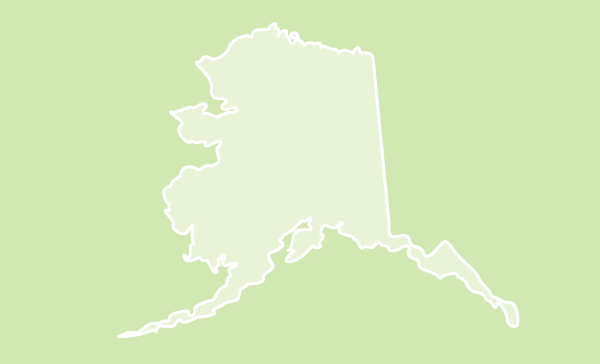
The Matanuska-Susitna Borough School District in Alaska uses a combination of digital tools and resources to support student learning in the classroom. The district is currently piloting the use of 1:1 devices with online textbooks as a replacement to traditional classroom textbooks. Other digital applications allowing students to get self-paced materials through Response to Instruction interfaces. Teachers are using digital instructional materials and resources to deliver engaging and collaborative lessons to students. https://www.matsuk12.us
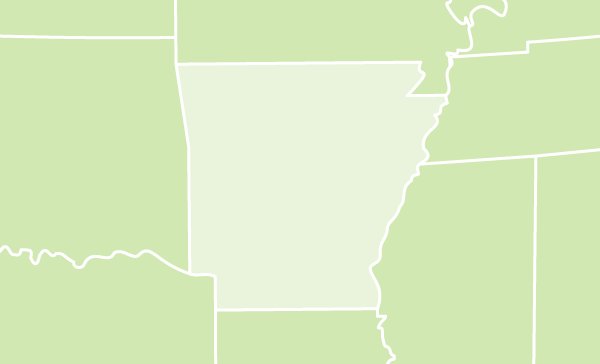
Leveraging the robust offering of technology in the Environmental and Spatial Technology (EAST) classroom, students are empowered to direct their own learning. Promoting student choice and voice in the selection and direction of their chosen community service projects, project teams work collaboratively to solve real world problems. Using online collaboration tools and digital content, students are connected in way that removes the traditional barriers of walls, location, and time restraints. Teachers embrace the role of facilitator and encourage students to own the learning process; yet teachers provide support and resources along the way to help students bring their projects to successful fruition. http://knightsofeast.weebly.com/
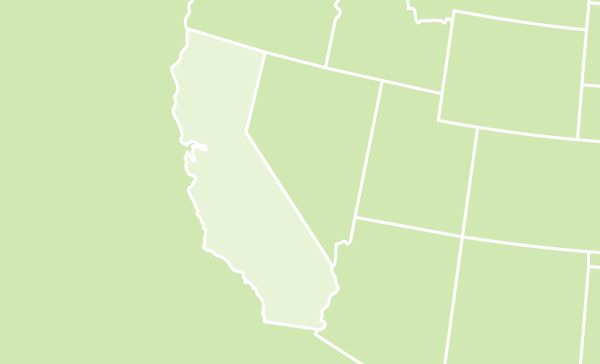
Located in central California’s Merced Union High School District (MUHSD), El Capitan High School opened in 2013 as the first MUHSD school to implement a “one-to-web” environment. The district allows student to bring their own mobile devices or provides students with school-issued Chromebooks so they can access all the educational resources they need over the web — anytime, anywhere. Student discipline referrals have decreased and students are more engaged in school by having a device to support their learning. http://echs.muhsd.edlioschool.com
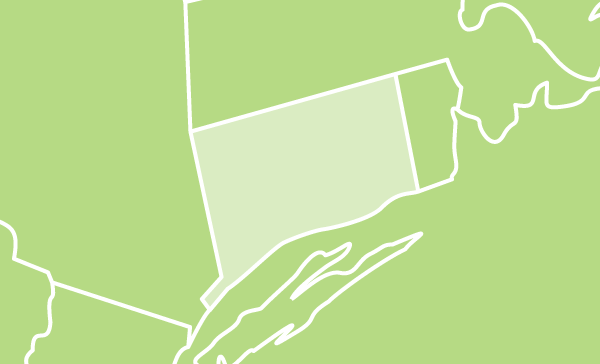
Kaynor Technical High School is the first technical school in Connecticut to fully incorporate a 1:1 device structure. All teachers use an online system to post, receive and grade assignments in a paperless environment. The vast majority of the textbooks have transitioned to online digital instructional materials, to create a “backpack-less” system for students. This school-wide coherent approach provides students with equity of access, as well as enhancing student organization and collaboration. For staff, this initiative was accompanied by whole-group, small-group, and individual professional learning, and has enhanced staff technological capacity and professional culture as a shared learning community. Indicators of success include student and staff surveys regarding ease of use, capacity to access the technology, and effectiveness of training. School walkthroughs with district administrative teams, have provided observational evidence of improved student engagement. https://sites.google.com/a/cthss.org/kaynorpd/home/google-classroom

This CT Technical High School system completely transitioned the school environment to include digital opportunities. All aspects of the school environment are now digitally inclusive including announcements and how the school communicated inside and out. Digital materials were developed to support both personalized learning opportunities.
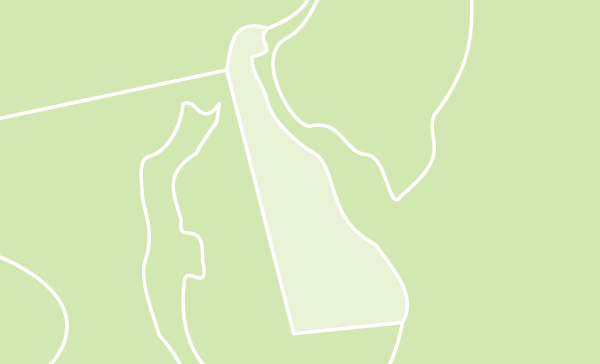
The BRINC Consortium has a deep commitment to accelerating student achievement, deepening student learning, and increasing student equity through a coordinated approach. The Consortium‘s goal is to ensure that every student in every BRINC district graduates college-and career-ready. The Consortium will pursue this goal by creating and supporting new personalized learning environments for students and by focusing on rigorous curriculum, sophisticated data systems, and effective educators.

The BRINC Consortium has a deep commitment to accelerating student achievement, deepening student learning, and increasing student equity through a coordinated approach. The Consortium‘s goal is to ensure that every student in every BRINC district graduates college-and career-ready. The Consortium will pursue this goal by creating and supporting new personalized learning environments for students and by focusing on rigorous curriculum, sophisticated data systems, and effective educators. www.doe.k12.de.us/cms/lib09/DE01922744/Centricity/Domain/95/04SIIP13-58BrINCLinkingtoFuture.pdf
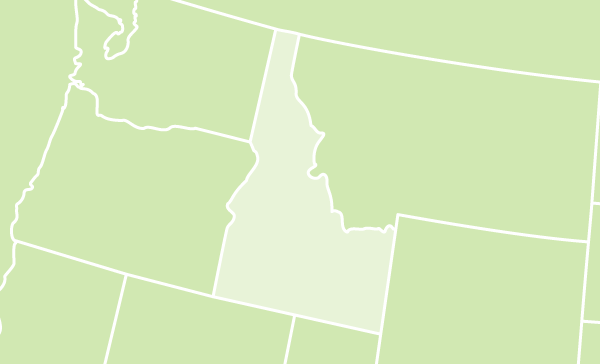
Launching via the Idaho state Pilot Grant in 2013, Kuna School District was one of the first school districts in Idaho to implement a 1:1 learning project at the middle school level. Kuna Middle School (KMS) successfully deployed and implemented over 800 Chromebooks to each of its students and staff members. By using the Substitution, Augmentation, Modification, and Redefinition (SAMR), educational technology implementation model, most KMS teachers launched the program with substitution focusing on the ultimate goal of redefinition. Teachers use online tools to deliver assignments and to encourage group collaboration. The learning management system helps to ensure that all students are connected to each other and that devices provide safe access to the digital resources. Online quizzes and tests, essays and papers, and other final exams are completed and collected digitally. Teachers often use the automatic scoring systems, which produce immediate results and the opportunity to reteach as needed helping to personalize instruction.
https://sites.google.com/a/kunaschools.org/kms-1-1-learning-project/students
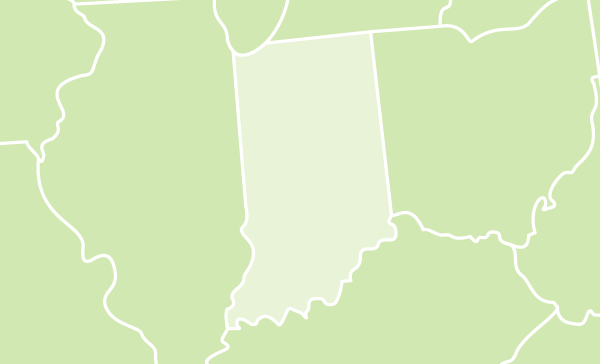
Madison Consolidated High School in rural Madison, Indiana transformed educational practices by placing a device in every student’s hand and transitioning to digital content. To address the need to teach student media literacy and digital citizenship, the school created the student led, Madison Digital Leadership Team. Madison’s Digital Leadership program provides the opportunity for participants to create digital content focused on digital citizenship, focused on the importance of the students’ responsibilities to use technology for good and to enhance learning. The Digital Leadership Team members typically meet virtually and exclusively outside of the traditional school day, although the students do receive course credit. The students blog about the program and the content will be made available to teachers and students across the nation at no cost.

Franklin Township School Corporation, located on the southeast side of Indianapolis, has implemented a district wide technology integration program called Flash Forward. Through the collaboration of all stakeholders, the program has had several success stories to celebrate. They have a district technology integration resource hub, www.fttechtips.com that was created to allow 24/7 access for teachers and staff to grow professionally. As part of the Indiana Rockstars of Curation, FTCSC has developed many digital lessons with the use of Open Educational Resources. In addition, there is a comprehensive 6th-12thgrade, Bring Your Own Device plan to ensure all students in our secondary buildings have access to digital devices and the newly developed content.
https://docs.google.com/document/d/1AS2L-3tvNYDfP9IXxXnQ6vUwRQ1c53-4gjnrq-s868k/edit
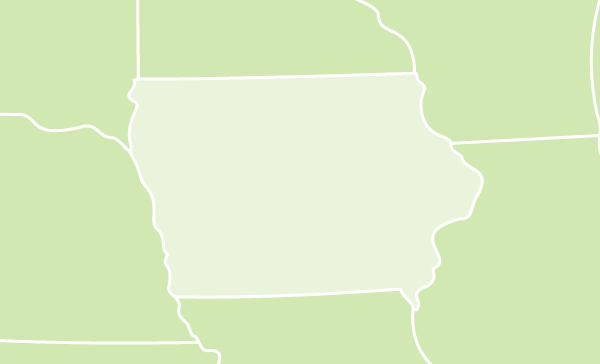
Van Meter is a small K-12 school district located west of Des Moines and includes 650 students. In recent years, the district has implemented a 1:1 computing initiative, standards-based grading, and the beginnings of competency-based instruction through a model chemistry class. Through a series of conversations, the district identified collaboration, communication, creativity, and problem solving (the 4Cs) as essential characteristics of successful students. Van Meter’s educational leaders try to use the same collaborative, learner-driven instructional model for teachers that they want to see implemented in the classroom. Teachers set their own goals based on student data and work in smaller groups toward accomplishing those goals in the way they deem appropriate. This district is supported by the Partnership for 21st Century Skills which aims to make a difference by promoting literacy, learning and great teaching. For more resources on teaching 21st century skills.
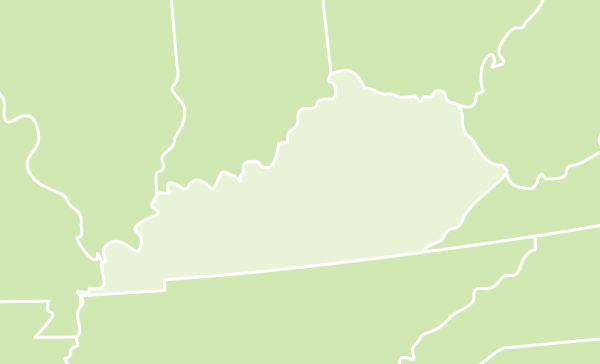
Campbell County has their curriculum maps scheduled district-wide for teachers complete with standards alignment, with embedded unit and lesson plans in all content areas through the Instuctional Management System (IMS).

Although Fort Thomas was one of Kentucky’s highest achieving school districts based on state assessments, education leaders wanted a more interactive and collaborative learning environment for their students. In 2012-13, Fort Thomas created a vision for digital conversion.The goals were to eliminate the digital divide; leverage technology as an instructional tool; provide real-world experiences and opportunities; and maximize the efficient use of resources. Fort Thomas identified desired student and teacher outcomes; focused on a blended learning model; evaluated all instructional resources; determined traditional textbooks vs. digital resources vs. content creation; and considered a range of learning resources, tools and products. https://tinyurl.com/FtThomasKYDigital
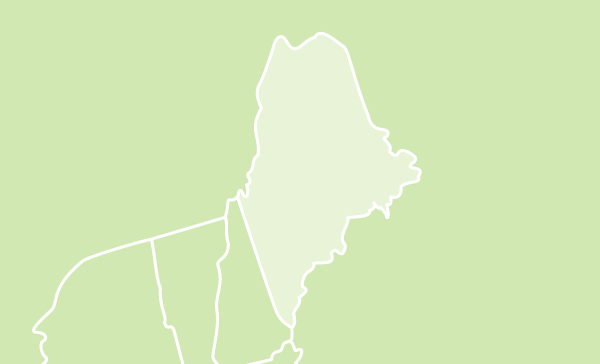
Maine Regional School Unit (RSU) #19, located in Newport, Maine has leveraged technology to offer students a variety of ways to gain an understanding of and demonstrate proficiency in the learning standards, as well as 21st century skills. Students complete a number of interest-based projects throughout the year and can clearly articulate what they are learning and how it relates to possible career interests. You can see some of their projects and materials from a recent Learning Lab here:
https://sites.google.com/rsu19.net/learninglab/home?authuser=0
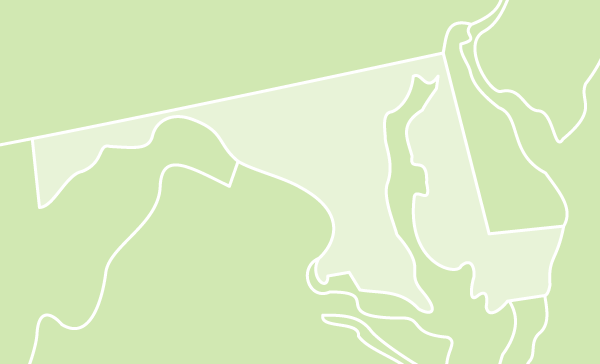
Baltimore County Public Schools (BCPS) is continuing implementation of their instructional digital conversion, known as Students & Teachers Accessing Tomorrow (S.T.A.T.). BCPS installed broadband and Wi-Fi technology for all schools and is working to move from a 3:1 learning platform to a 1:1 platform by 2018, equipping each student and teacher with a digital learning device. To support teachers through the transition, the school system provides each school with a full time coach (S.T.A.T. Teacher) to provide job embedded professional learning to teachers including team planning, modeling and co-teaching lessons, and providing school-wide professional development to meet the unique needs of the staff. BCPS spent nearly two years updating curriculum and planning before devices were selected, with the district ultimately choosing a hybrid tablet-laptop that was favored by students, who tested prospective devices. BCPS is also developing a digital ecosystem known as “BCPS One,” which will provide single sign-on access to students, staff, and parents for the various subsystems including the learning management system, student information system, digital content, and more. The work around S.T.A.T. continues to evolve as extensive planning and work is now being done around student data privacy and makerspaces.
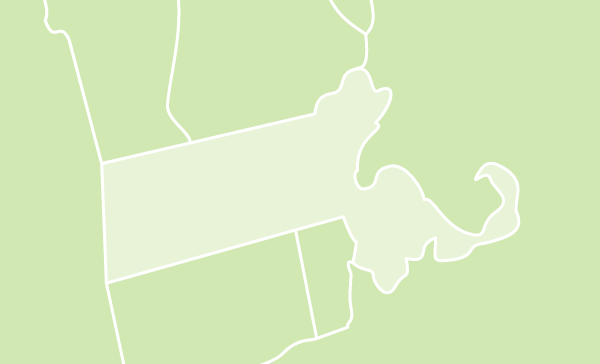
Andover’s Office of Digital Learning supports teaching and learning throughout the district, with a focus on how teaching and learning supports literacy, research, technology use, and digital resource adoption. The office is comprised of three groups: Digital Learning Coaches (DLCs), the School Library Program, and the Andover High School Digital Learning Department. DLCs improve student learning through instructional models which use technology intentionally and innovatively. DLCs help increase a teacher’s ability to differentiate, better address student learning needs, increase student engagement, and allow students to drive their own learning. The School Library Program is staffed by professional certified Library Teachers at each school. They support all learners to develop literacy, literature, research, information, and technology skills, and promote and advance the use of print and digital resources to support, enhance, and extend classroom curriculum.
https://sites.google.com/k12.andoverma.us/apsdigitallearning/digital-learning/our-team?authuser=0

The mission of Natick’s Office of Digital Learning is to promote and strengthen the district’s implementation of digital technologies in the Natick Public Schools. Natick educators are highly skilled and passionate about teaching; digital approaches to teaching and learning increase this passion and ignite creativity in the classroom. Natick educators let their educational goals for student learning drive the digital technology used based on an understanding of the foundations and mechanics of current research-based methods on digital learning. Natick educators maintain high academic standards for all students, while at the same time understanding that each learner has unique strengths, interests and passions that can and should be part of the learning environment. Using digital methods enable teachers to spend more time with students to build knowledge and skills to be life-long learners.

Burlington Public Schools launched the 1:1 Learning Program for students in grades 1-12 in 2011. The goal of the program is to provide students with real-world learning environments that mirror working environments in the digital age. Student engagement has increased across all grades and in all content areas. Students report that having access to a 1:1 mobile learning device is not only a dynamic catalyst for learning, but an extraordinary tool for organizing their academic and extracurricular lives. Class structures have shifted from focusing on traditional methods of lecture and assessment, to project based, flipped classroom, and blended learning models. The schools are in the process of shifting to digital with some fully digital classes at the high school level. http://www.bpsedtech.org.
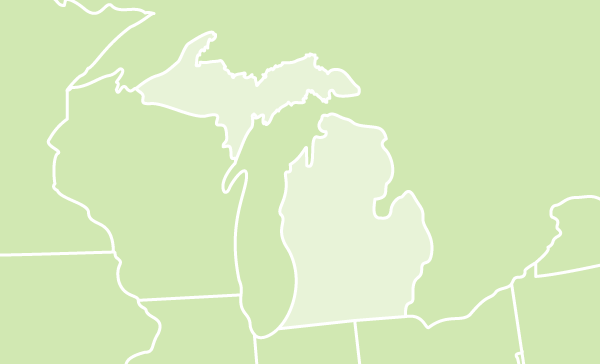
Wayland Union Schools, Michigan includes a 1:1 tablet implementation in grades K-12 which enabled the district to explore and implement digital instructional materials, including OER, to personalize student learning. During the 2015-2016 school year, Wayland Union High School was awarded a TRIG Best Practices grant to provide professional development for teachers to work collaboratively to create digital instructional materials and online resources for students. As a result of this collaboration, teachers learned how to embed audio within iBooks to allow teacher created materials to be read aloud to students. This process has revolutionized how the high school is offering options for students to learn from materials, not only for instruction but also assessment purposes. The implementation of 1:1 technology and utilization of digital instructional materials has fostered collaboration between students and teachers, providing students with access to the digital instructional materials that they need in order to be successful. https://waylandunion.org/departments/technology-and-media-services/

Wayland Union Schools, a #GoOpen district, has been using OERs since the 2011-2012 school year, when 1:1 iPad initiative in grades 7-12 was implemented, allowing the districts to explore use of OERs. The secondary math department uses Engage NY and CK1 and will use MI Open Books for social studies. There is increased interest in developing the district’s own student textbooks. Teachers now want to create their own content and revise and remix existing OERs.
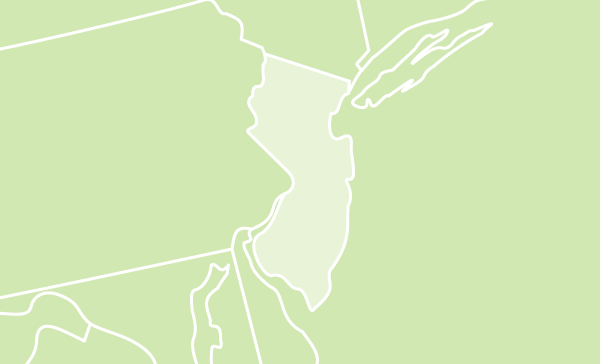
Elizabeth Forward School District in Elizabeth, Pennsylvania has undertaken numerous digital learning initiatives focused on personalizing learning for students. Five years ago, the district instituted a one to one learning initiative where K-12 students received computers. The district partners with local universities, such as, Carnegie Mellon University, The University of Pittsburgh and California University of Pennsylvania, and Pittsburgh based technology companies to implement game design courses at Elizabeth Forward High School. MIT Certified Maker spaces have been created at the high school and middle school and the elementary schools also house maker spaces that are used to instruct students using digital technologies. Most recently, the district redesigned several libraries within schools into creative learning environments where students are introduced to many different types of media. Elizabeth Forward is a Future Ready School and a Digital Promise League of Innovative Schools member. https://www.efsd.net/domain/448

Northfield Community Middle School completely redesigned their school setting to invite innovative learning anywhere and anytime. Modeled after the School at Stanford University, the school implemented new furniture, whiteboards and stationary bikes. As part of their project based learning program, students and teachers develop 3D prosthetic hands for children in need, design video games from books for children and work with those in need from the community. The school implemented a gamified learning management system that allows students to control their own pace of learning during the course of the year which supports personalized learning, digital citizenship, coding, computer design, digital storytelling. https://tinyurl.com/northfieldcommunitytechnology
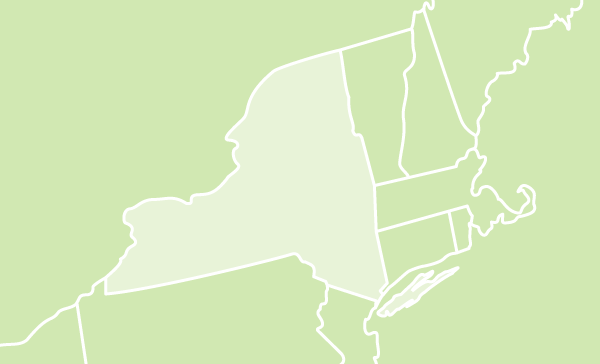
Yonkers Public Schools is located in Yonkers, New York, on the south end of the Hudson Valley, only minutes away from Manhattan. Yonkers is the fourth largest school district in New York serving a diverse population across 39 schools grades PreK through Grade 12 with 26,000 students from 100 different nationalities
In Yonkers, the district provides instructional resources through Yonkers Online Quick Links, the district’s open and recommended digital resource area. It is designed to support easy access for students, staff and families. Individual schools select instructional materials based on instructional needs.
At Palisades Preparatory School, many educators teach in a blended learning environment. Science teacher, Alex Romero, utilizes digital content to engage students. Ms. Romero uses Moodle (a free platform) as the delivery platform for her science class and estimates that 75% of her instructional materials are digital. Students can access teacher created and student created content through the Moodle platform. Ms. Romero combines virtual lab experiences with face-to-face hands on inquiry. Ms. Romero utilizes virtual labs from PhET an OER that offers interactive science and math simulations. Ms. Romero encourages students to “experience the interactive simulations and not memorize,” thus fostering 21st century skills. Ms. Romero promotes student involvement in creating OER content as part of their learning experience. Students created their own tutorials via a free screen-casting app and developed their own rubrics to evaluate projects and case studies.
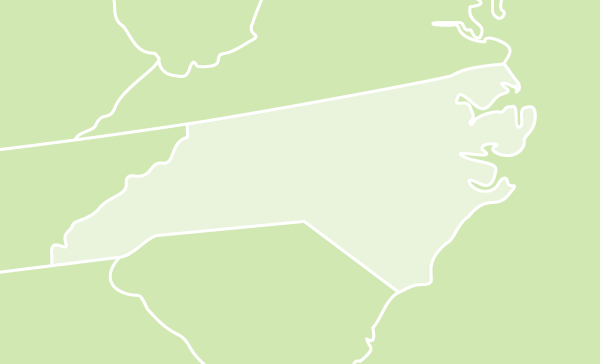
Digital Conversion: The purpose of the Digital Conversion initiative at Mooresville is to employ technology in ways that improve teaching and learning through increased student engagement while teaching the NC Standard Course of Study focusing on reading and mathematics. It is imperative to note that this project is a curriculum and instruction project, not a technology project. Through this paradigm shift in methodology, we are changing the way teachers teach and students learn, while utilizing digital learning environments.
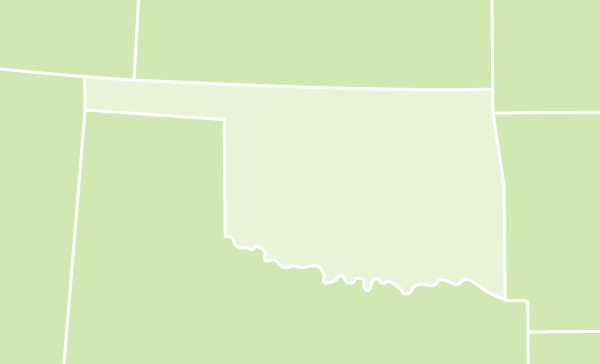
Broken Arrow Public Schools is moving away from purchased textbooks to openly-licensed digital resources. The district released 10 courses for the 2015-16 school year. For some of the subjects, they compiled resources into a single digital book; for other courses, they created groups of resources organized by chapters. They are working on additional courses now and expect to have all courses and grades complete within the next few years.

Arthur Elementary School established the first 1:1 tablet program in Oklahoma City Public Schools supplying 700 students with 24/7 personalized learning opportunities. Offering equitable access and providing digital materials, Arthur Elementary achieved a 14-point gain on the state school report card given by the Oklahoma State Depart- ment of Education—the largest gain in the district in just one year. https://www.okcps.org/domain/148
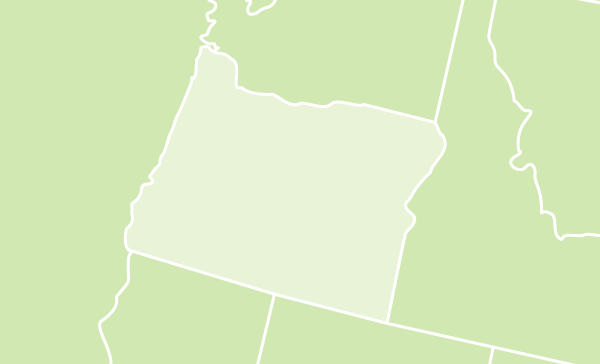
Student Source Program, Raleigh Hills K-8 School, Beaverton School District, Oregon
Students from Beaverton provided an interactive presentation sharing how their learning environment was reimagined at Raleigh Hills utilizing technology and highlighting, StudentSource, a games-based, interactive learning program. This program provides nearly 20,000 elementary students an environment where they are given autonomy and the opportunity for mastery and purpose at their own pace. Students are “the source” for other students. They develop learning modules by choosing a learning standard and developing a set of games and resources related to the standard. The modulea are published on StudentSource, a public website. StudentSource pages have been visited over 4 million times by students and parents in the Beaverton School District and beyond.
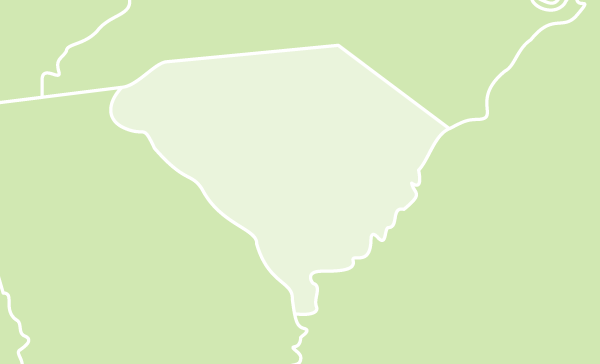
Five years ago, Laing Middle school was selected as a pilot site for the 1:1 tablet program and implemented a Whole-School STEM initiative that emphasized hands- on experiences with digital and other technologies. All classes routinely use tablets for research and multi-model student representations of content mastery that include videos, written products and musical performances. In addition, classes increasingly use student-developed apps, microcontroller-based student projects and digital design for production with 3D print- ing, laser cutting and CNC milling. https://tinyurl.com/LaingMiddleSC
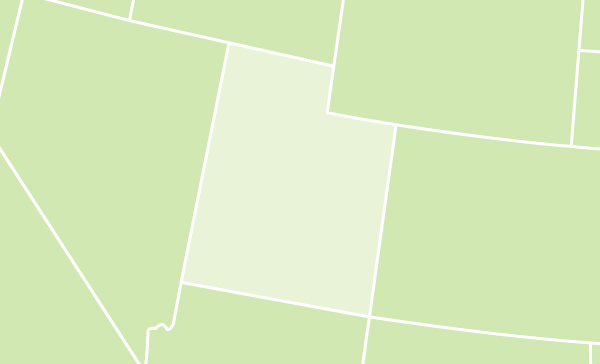
Mountain Heights Academy is an online, public charter school using innovative technology, service learning, student-centered instruction and personal responsibility to empower students to succeed.Each student is provided with a laptop computer and a pen tablet to facilitate digital inking and annotating in our one to one high-tech environment. Mountain Heights is the first secondary school worldwide to develop its own curriculum as open source content, teach through, and publicly release it so that all schools and teachers can leverage this content. Teachers invite students to participate in the instructional design process on a voluntary basis, leaving a legacy with the school that endures past their time as students.The school is the highest rated online school in Utah based on graduation rate with an 11 point gain in 2016, state test scores above the state average in English and Science, ACT scores above the state average, and course completion rates at 82% versus 40-50% for other online schools in Utah. www.mountainheightsacademy.org/curriculum/

Nebo School District, located in Utah County, is the seventh largest school district in Utah serving nearly 30,000 students. The district’s leadership supports a digital learning environment and is moving towards a 1:1 learning environment for all students in all schools over the next several years. Nebo is currently working to remodel the wireless networks to increase broadband capacity and meet demand for online instructional materials. In 2010, in a partnership with BYU and the Utah Office of Education, Nebo piloted an Open Educational Resources (OER) project for high school science. Teachers worked together over the summer to develop OER flexbooks primarily using content available on the CK-12 platform. The flexbooks are available in both print and digital version and the school is moving to full implementation of the digital versions. The flexbooks offer the opportunity for annual changes to the content including adding additional resources and images, including student feedback. During this process, reviewers target areas where students are struggling or where they have misconceptions and teachers have responded positively because they can immediately make changes instead of waiting for the textbook adoption process cycle and/or new funding streams to improve the content. Teachers and students have provided positive qualitative feedback regarding increased engagement and the ability to personalize learning for students.
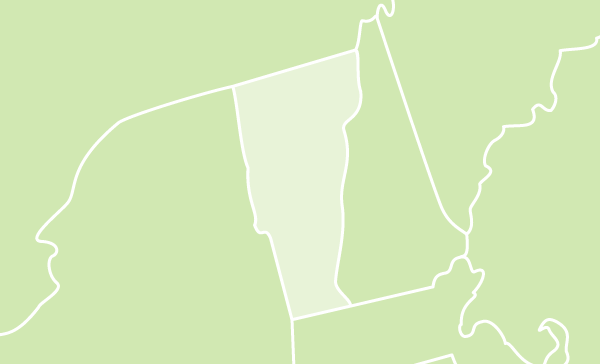
Harwood Union High School in Duxbury, Vermont has developed an exemplary process for meeting the requirements of Act 77 or the Flexible Pathways legislation that was passed in 2013. Flexible Pathways requires that all schools, 7-12, have students create and follow personalized learning plans that address personal interests and in learning. Students are encouraged to have ownership in their learning and develop their own pathways to graduation with directions that might include both in and out of school opportunities. Harwood Union High School has embraced the use of a platform for cataloging student personalized learning plans and continue to make great strides in project based and student led learning opportunities.
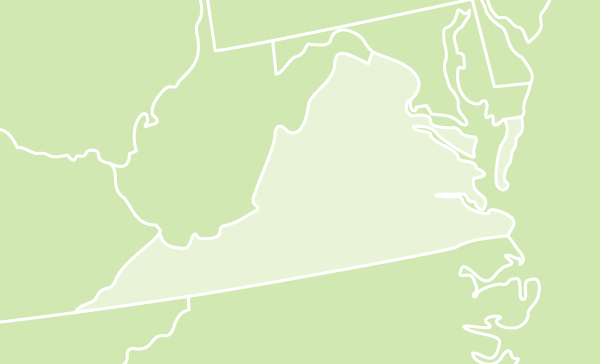
Rich Acres Elementary School is a Total Title 1 Project School based on a high percentage of students qualifying for free and reduced lunch. Each teacher has a wireless laptop and the entire curriculum is digital and available via the staff’s webpage. Teachers at this school have become facilitators, rather than lecturers and students have an active part in their learning process. Students in grades 3-5 are provided tablets that include digital instructional materials, a variety of educational games, support content and numerous educational apps. Digital learning has increased parental involvement and Rich Acres continues to have the highest achievement scores of any elementary schools in the district. http://web.henry.k12.va.us/domain/1051
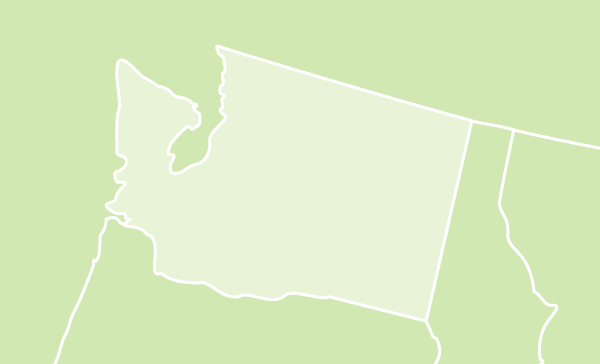
A WA Statewide EngageNY/Eureka Math User Group website was established in spring of 2015 by the Bethel School District. The site includes shared content, resource materials, and teacher discussion forums to aid in implementing the EngageNY/Eureka Math resource.

Spokane Public Schools, located in Spokane County, is the largest school district in eastern Washington with approximately 30,000 students. Spokane includes both urban and rural schools. With a grant from the state, Spokane chose the Engage NY math curriculum for all its K-8 students. Engage NY includes free open resources aligned to the Common Core State Standards (CCSS), which was a critical requirement in the instructional materials selection process. Spokane completed extensive field testing of the OER before a two-year roll out. Field tests included one or two units per grade with professional development sessions to support teachers. All of the content is available digitally and teachers can access online teacher guides and student books through their learning management system (LMS). The LMS is only accessible by administrators and teachers, and allows the teachers to access the course materials from work, as well as home. Spokane also provides logistical support for teachers including printing, purchasing and organizing of course manipulatives. Teachers and students can use either the printed or digital version of the OER materials.
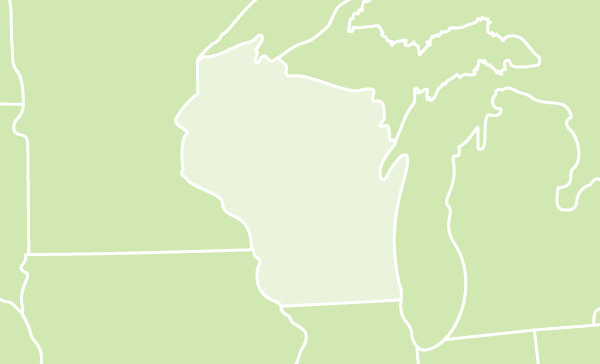
Providing students with access to technology is important, but giving them access to the right technology to meet their individual needs is critical. In Janesville, teachers personalize technology tools and resources especially for those students with disabilities. As part of the Universal Design for Learning strategies, the schools assess students for their strength’s and seek to discover how they learn best. For example, students that need support to increase reading skills may be provided audio books or apps that provide print materials with audio support. Students at Washington Elementary have increased their reading scores, some even doubled their scores. http://washington.janesville.k12.wi.us
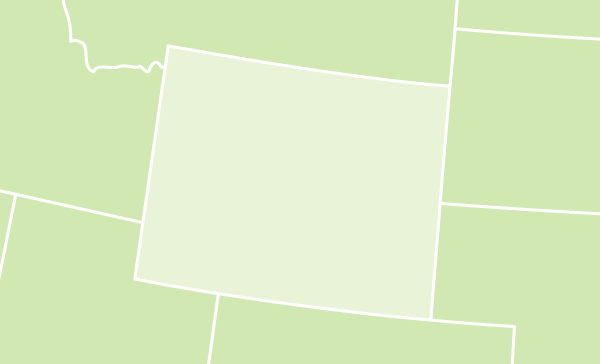
Weston County provides a blended learning program for all students at Upton High School for all core content courses.

